HELP! Burette Readability and Tolerances

Burette readability and tolerances must align with the precision required by the analytical method. Measurement to the nearest 0.01 mL is ideal if the uncertainty impacts the overall result. However, if 0.05 mL precision suffices, exceeding it adds no real benefit.
Fit for Purpose Precision

Addressing the precision level needed is critical. If the method’s total uncertainty overshadows a 0.01 mL difference, striving for that level of detail wastes time. For instance, if a 0.05 mL variation is negligible for the end result, then measuring to 0.01 mL precision does not enhance quality.
Standard operating procedures (SOPs) often reflect this “fit for purpose” principle. They define what precision is necessary based on the test context. Following an SOP ensures the reading tolerance matches the method’s accuracy needs without causing unnecessary effort.
Recommended Reading Tolerances
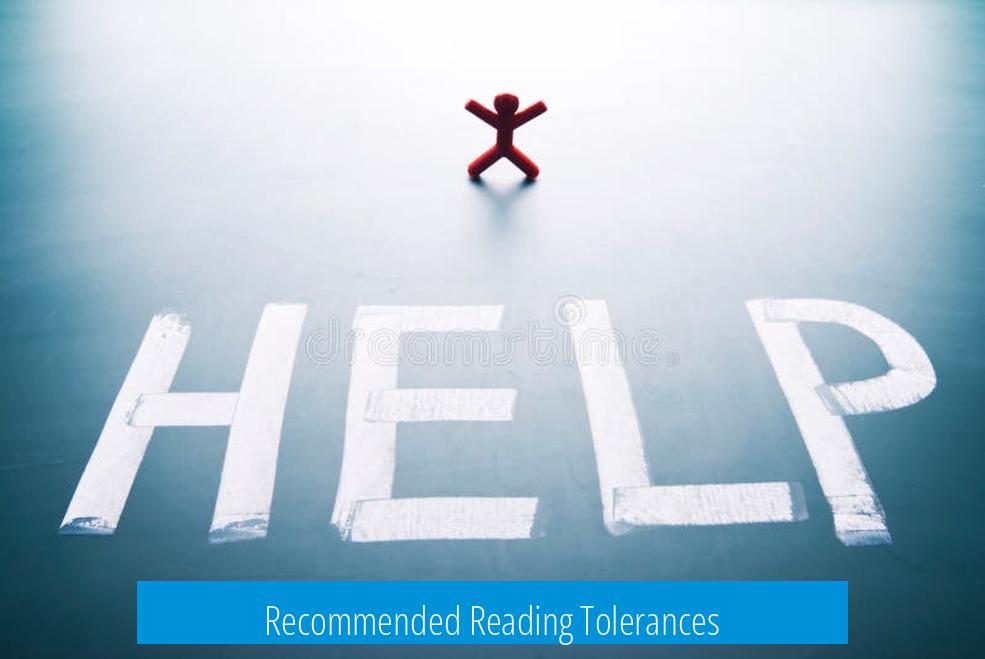
Practical lab advice supports taking readings within a ±0.01 mL range when sensitivity requires it. However, tolerances of ±0.05 mL simplify the process without compromising relevant accuracy, especially when results are not critically sensitive.
- Reading to 0.01 mL offers finer detail but demands more care.
- Using a ±0.05 mL tolerance eases workflow when tight precision is unnecessary.
- Laboratories should assess if tighter tolerance improves result quality.
Compliance with Pharmacopoeia Standards
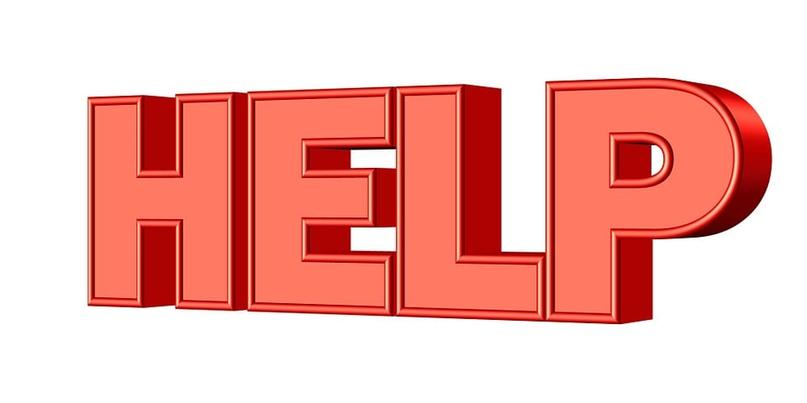
According to USP and European Pharmacopoeia guidelines, burette volumes should be read to 0.01 mL accuracy. This standard aims to ensure consistency across pharmaceutical analyses where precision may affect quality control.
Companies adhering to these pharmacopoeia rules maintain strict reading standards. Such compliance is crucial in regulated environments where precise titration impacts product safety and efficacy.
Summary of Key Points

- Match burette readability with method precision requirements.
- 0.01 mL reading tolerance suits highly sensitive analyses.
- 0.05 mL tolerance is acceptable if overall method uncertainty permits.
- Follow SOPs and pharmacopoeia standards to ensure compliance.
- Balance practical workflow with necessary accuracy.
HELP! Burette Readability and Tolerances: Finding Your Perfect Pour

So, you’re standing over a burette, trying to measure out that perfect volume. You squint. You adjust your angle. You wonder, “How precise do I really need to be here? And how close does this reading have to get before it transforms from science to guesswork?”
In short: The key to burette readability and tolerances is this – be as precise as needed, but not more precise than the purpose demands. If the overall measurement result isn’t affected by small differences, pushing your precision beyond that point is just adding unnecessary stress.
Fit for Purpose Precision: When Less is Actually More
Ever hear the phrase “perfect is the enemy of good?” It fits perfectly here. Imagine you’re titrating a solution where your overall result tolerates a margin of uncertainty around 0.05 mL. In that case, striving to measure to 0.01 mL only wastes your time (and possibly your sanity) without improving your final data quality.
Standard Operating Procedures (SOPs) are often crafted with this balance in mind. They say, “Measure this carefully enough, but no need to break your back.” So, if your task’s uncertainty boundary is 0.05 mL, why obsess over a 0.01 mL reading? Being “fit for purpose” means tailoring your precision levels to your real-world needs.
Recommended Reading Tolerances: Making Life Easier One Drop at a Time
Here’s a tip seasoned chemists live by: If your procedure allows, stick to a reading tolerance that’s easy on you. Reading a burette with a 0.05 mL tolerance is far simpler than eyeballing that last 0.01 mL with the precision of a hawk. Not only is it faster, but it reduces the likelihood of human error caused by over-focusing.
Think about your specific job context. Does your company’s quality control demand ultra-fine sensitivity? If not, forcing yourself to hit a 0.01 mL accuracy just makes yourself nervous, complicates training, and increases fatigue—without much gain.
“I was also taught to read within a .01 limit in your case. All in all, I would imagine that a .05 tolerance would be easier, so I say go with the flow. If your company is dealing with readings that are not so sensitive that a .01 reading is not necessary, don’t make your life harder haha.”
Humor aside, this advice highlights a fundamental truth: Match your reading tolerance with your measurement’s criticality. Less pressure can lead to better overall accuracy.
Compliance with Pharmacopoeia Standards: When 0.01 mL is Non-Negotiable
But what if you’re working in regulated environments like pharmaceuticals? Here, the rules can be strict as a drill sergeant. USP and Ph. Eur Pharmacopoeia usually stipulate readings be accurate to 0.01 mL. It’s not personal. It’s because the margin for error is tiny and every drop matters.
Many companies follow these guidelines rigorously. The result: operators learn to train their eyes and technique to that high standard. You might be the only person in the lab who finds this “a bit much,” but it’s about compliance and consistency across labs globally.
When you’re under these strict rules, burette readability becomes a skill worth honing. A few tips here:
- Ensure the burette is clean and free of stains or bubbles that obscure readings.
- Use a white background or a dedicated viewing strip to see the meniscus clearly.
- Level the burette perfectly vertical to avoid parallax errors.
- Practice steady hand control when dispensing liquid to avoid sudden jumps in volume.
Finding Your Burette Balance: Practical Advice You Can Use
Starting off, ask yourself a simple question: How small is the uncertainty that matters in my test? If your uncertainty band includes ±0.05 mL, a 0.01 mL reading likely won’t improve your results. Focus on consistency instead of obsessive precision.
On the flip side, if your lab’s SOP or governing regulations specify 0.01 mL or better, make that your new normal. Getting comfortable with tiny increments and meniscus reading will pay dividends in data trustworthiness and compliance.
Also, don’t neglect training. Mentors and SOPs are there for a reason. Learn recommended techniques and practice daily. Over time, what feels hard will become second nature—and your burette mastery will shine!
Stories from the Lab: When Too Much Precision Backfires
One chemist recalls their early days focusing on 0.01 mL precision when measuring titrant. They’d spend extra minutes getting that perfect meniscus reading, sweating over tiny drops. But the final analysis’s total uncertainty was around 0.1 mL anyway. Realization struck: all this fuss was simply unnecessary. Streamlining to a 0.05 mL tolerance saved time and reduced stress without sacrificing accuracy.
This anecdote underlines the value of a “fit for purpose” mindset. Don’t fall into the trap of “more precision equals better.” Instead, focus on what truly moves the needle for your measurement quality.
Final Pour: Balancing Precision, Practicality, and Compliance
To wrap it up, burette readability and tolerances should serve your scientific purpose effectively—not rule your workday with unnecessary complexity. Keep a clear head. Understand your task’s precision needs. Follow SOPs, especially in regulated contexts. But if there’s wiggle room, embrace simplicity.
When in doubt, ask yourself: Am I chasing zeros after the decimal point that do not impact my outcome? If yes, dial it back. Bureaucracy and regulation aside, your precision should reflect the measurement’s impact on final results.
After all, chemistry’s about mastering the delicate balance between art and science—measuring just enough to get the right answer, not a headache.
Q1: How precise should I read a burette for my titrations?
Read to the precision that fits your method’s needs. If a 0.05 mL uncertainty doesn’t affect results, no need for 0.01 mL precision. Match your reading tolerance to the overall accuracy required.
Q2: Is reading a burette to 0.01 mL always necessary?
Not always. If your measurements aren’t sensitive, a 0.05 mL tolerance can be enough. Stick to what your procedure requires and avoid unnecessary difficulty.
Q3: What do pharmacopoeias recommend for burette readability?
The USP and Ph. Eur recommend reading burettes to 0.01 mL accuracy. This standard helps ensure compliance in regulated environments.
Q4: Can I use a 0.05 mL reading tolerance for routine work?
Yes, if your method allows. A 0.05 mL tolerance is easier and often sufficient when the process isn’t highly sensitive.
Q5: How do burette reading tolerances affect overall measurement uncertainty?
The readability sets the smallest change you can detect. Keep it in line with total method uncertainty. Over-precise readings won’t improve results if they exceed overall method accuracy.


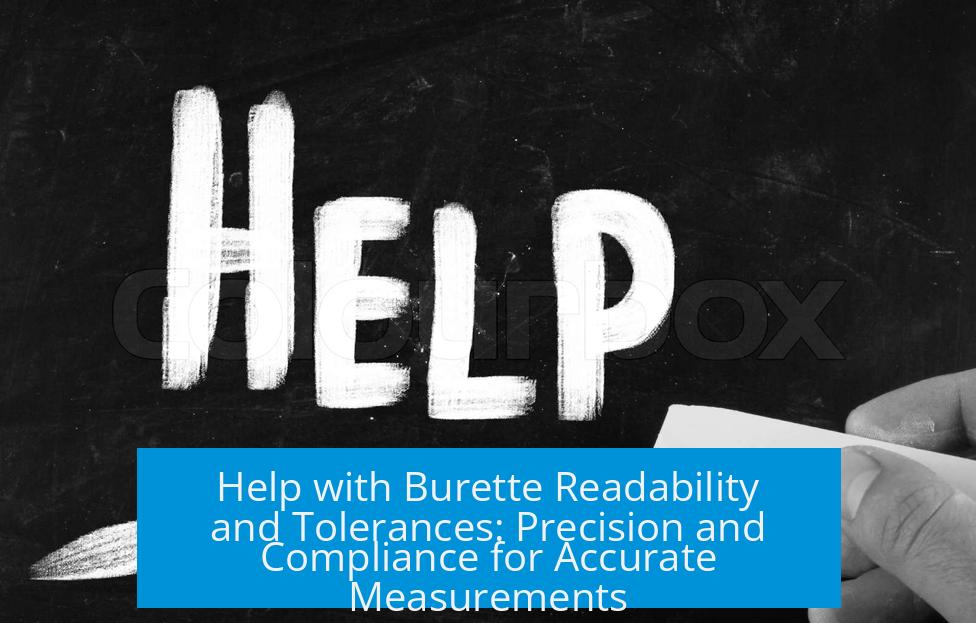
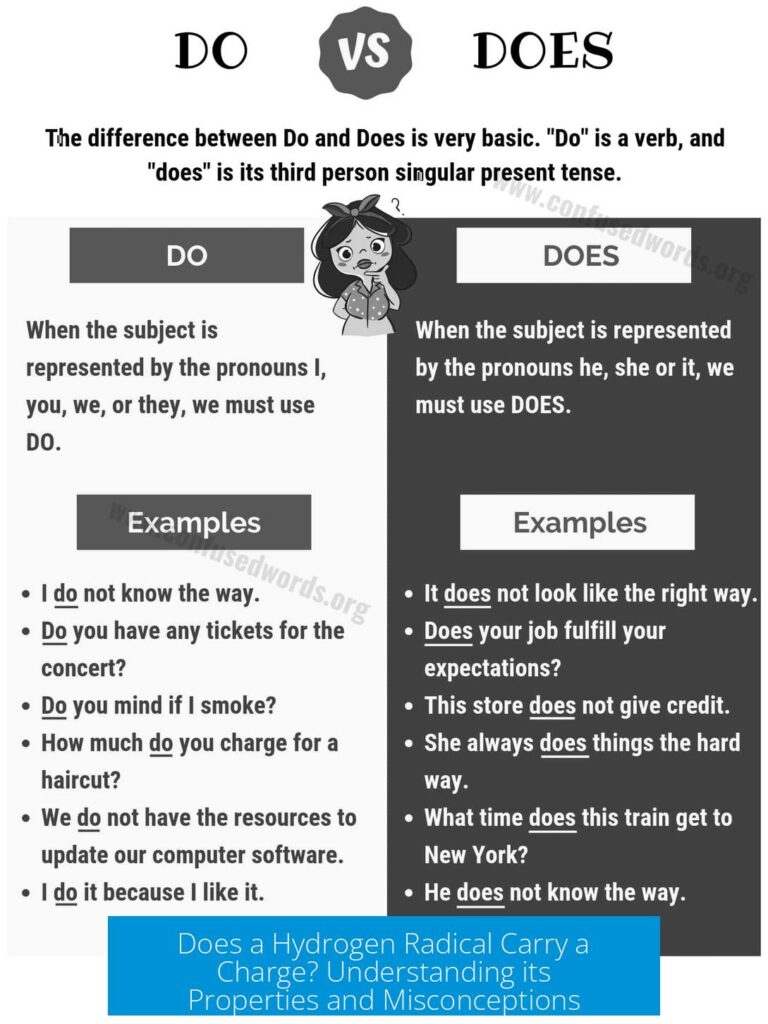
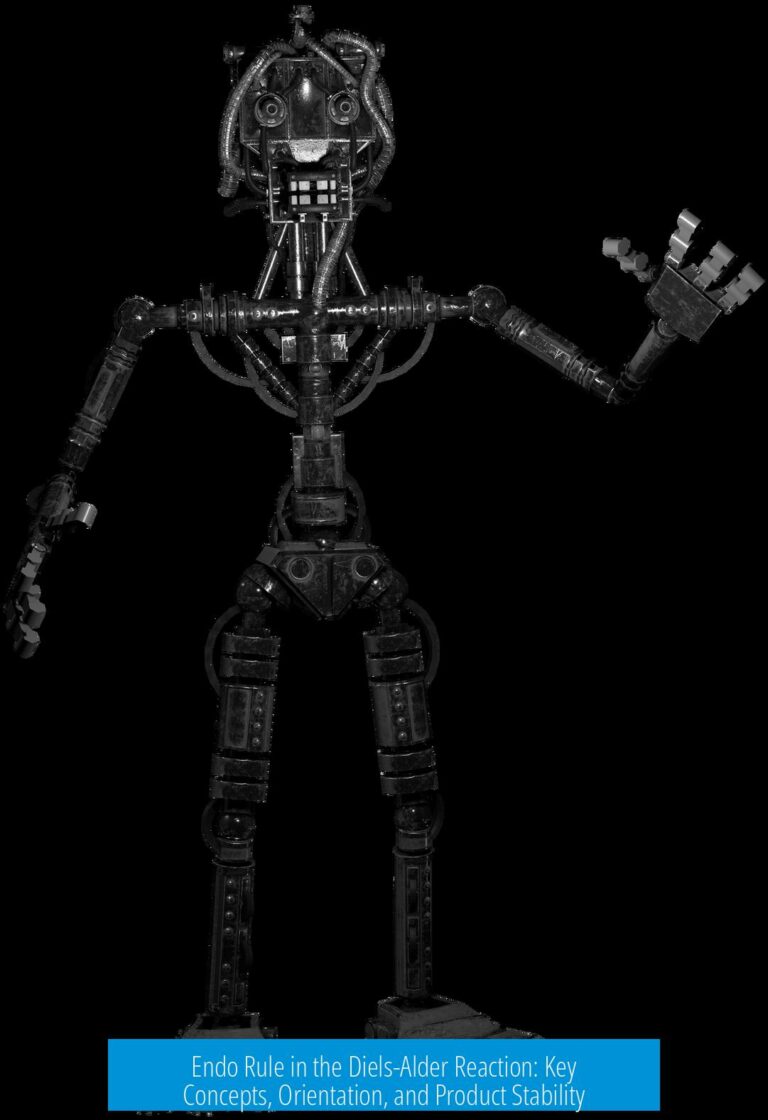
Leave a Comment